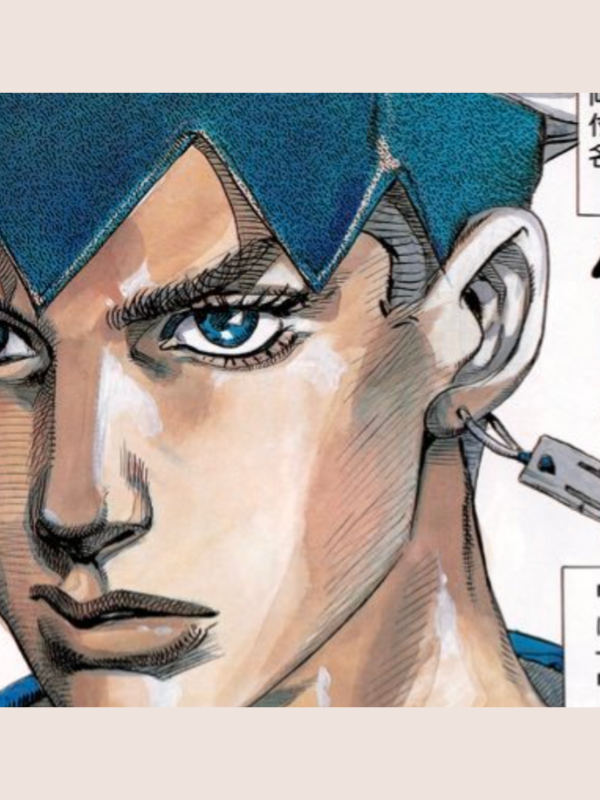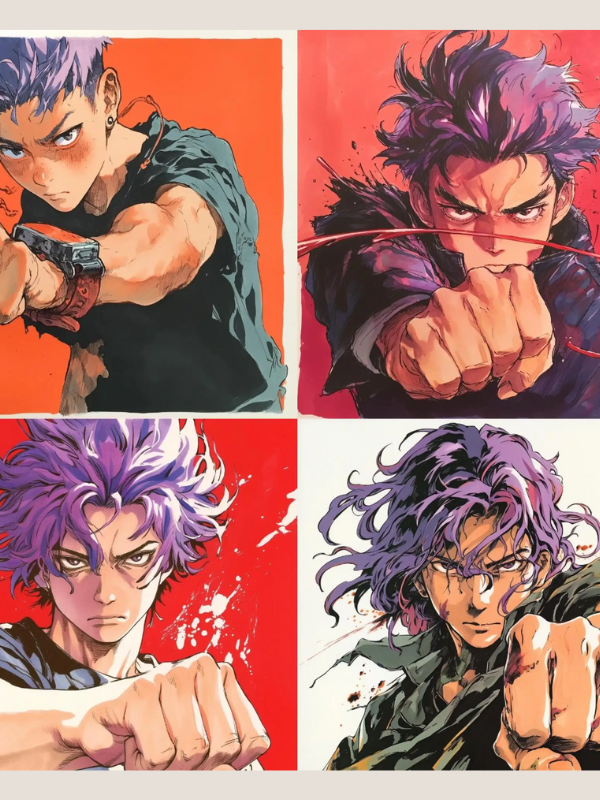Hirohiko Araki, the legendary creator of JoJo’s Bizarre Adventure, is no stranger to innovation in the art world. His unique art style has inspired countless artists, but recent advancements in AI-image generators have sparked a debate that even Araki himself couldn’t ignore.

AI Imitation vs. Artistic Integrity
Araki has expressed concern over AI-generated art that mimics his signature style with uncanny accuracy. In an era where technology blurs the lines between original and derivative, the artist’s reaction highlights a critical issue: AI models often rely on vast datasets of pre-existing art to train their algorithms. This includes works like Araki’s that were never consented for use, raising questions about the ethical and legal legitimacy of AI-generated content.

Speaking in interviews, Araki has warned about the “threat” that AI-image tools pose to industries like manga. The problem is not only one of plagiarism but also a potential erosion of human creativity. When machines replicate styles with precision, the unique voice of the artist risks being drowned out by a sea of algorithmically produced imitations.
The Risks of Unchecked AI-Image Technology
AI-image generation, while impressive, comes with inherent risks. For artists like Araki, whose decades of work are deeply personal, seeing their craft replicated without permission can feel like theft. Beyond the emotional impact, AI-generated images pose a challenge to the authenticity of creative works. If AI tools can generate art indistinguishable from the original, how do we discern what is genuine?
Supporting Artists in the Age of AI
The art world must adapt to these advancements responsibly. Artists like Hirohiko Araki are right to voice their concerns, as they remind us of the value of authentic human creativity. The use of AI in art should enhance, not exploit, the efforts of artists who dedicate their lives to their craft.
At WasItAI, we stand with creators like Araki, advocating for transparency and accountability in the world of AI-image generation. Tools that help verify image origins not only protect artists but also empower audiences to appreciate art with confidence.

